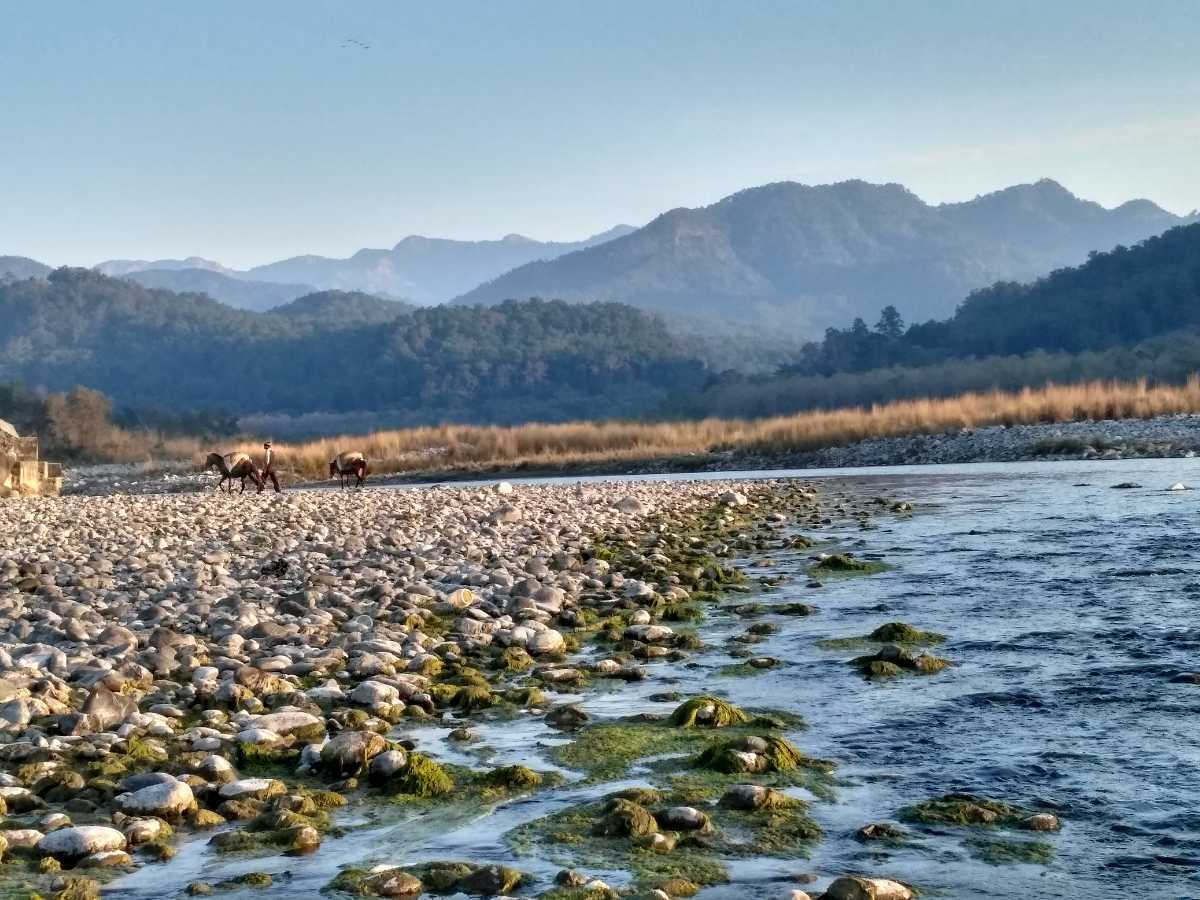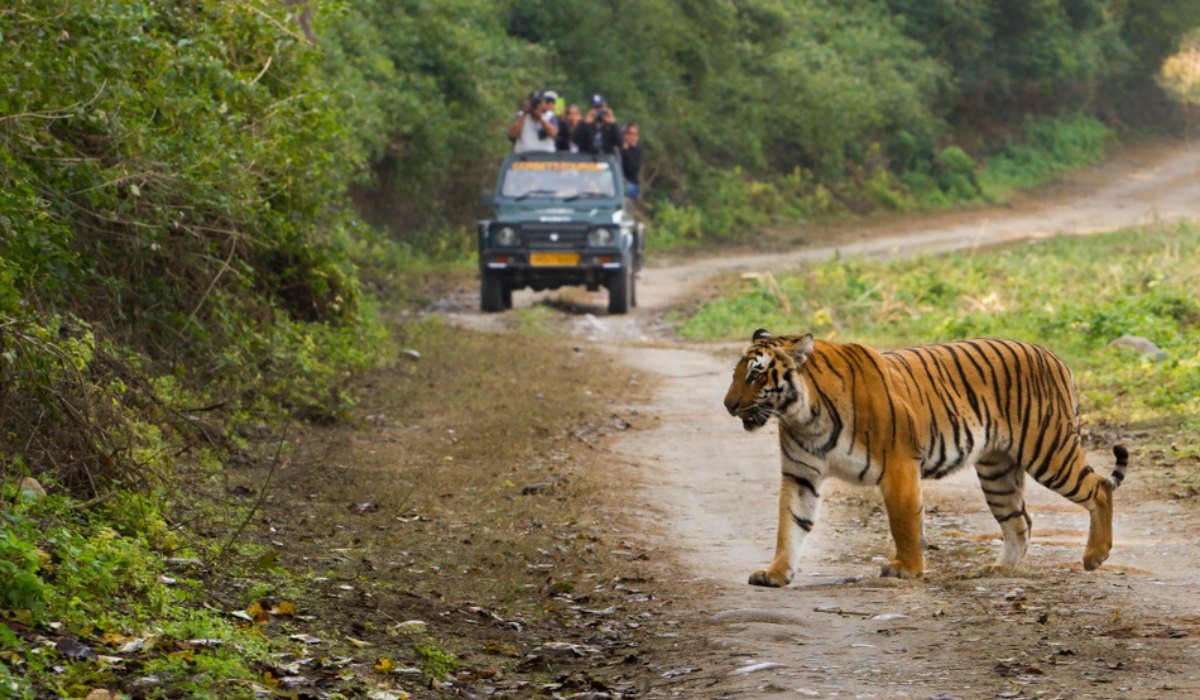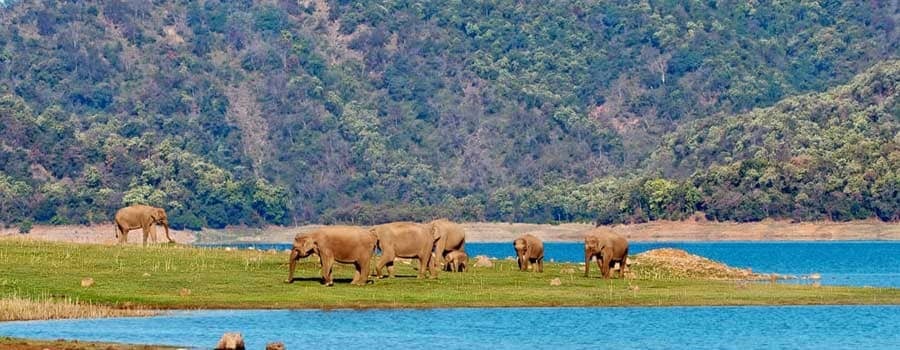Mailing List
Sign up for our mailing list to get latest updates and offers.
Jim Corbett, an iconic figure in wildlife conservation and Indian history, was renowned for his pioneering efforts in the protection of Bengal tigers and the establishment of several national parks in India. Born in 1875 in a small village in India, Corbett's deep connection with the Indian wilderness began early in his life. He gained fame not only as a skilled hunter but also as a dedicated conservationist who shifted his focus from hunting man-eating tigers to preserving their natural habitat. His influential work led to the creation of the first national park in India, now known as Corbett National Park, named in his honor. Corbett's legacy endures through his writings, such as "Man-Eaters of Kumaon," which offer a profound insight into his adventures and the rich biodiversity of the Indian landscape he sought to protect. His life and work continue to inspire conservation efforts and underscore the importance of safeguarding wildlife for future generations.
Morning: Arrival: Reach Jim Corbett National Park by road or rail. The nearest major railway station is Ramnagar, and the nearest airport is Pantnagar. Check-in: Arrive at your chosen lodge or resort. Some popular options include The Corbett Hideaway, Corbett River Creek, or Aahana Resort. Afternoon: Lunch: Enjoy a hearty lunch at your resort or a local restaurant. Orientation: Attend an orientation session to learn about the park's wildlife, rules, and safari protocols. Evening: Nature Walk: Take a guided nature walk around the resort to get an introduction to the local flora and fauna. Dinner: Return to your resort for dinner and relax.

Early Morning: Jeep Safari: Embark on an early morning jeep safari in one of the park’s zones, such as Dhikala or Bijrani. Early mornings offer the best chance to spot tigers and other wildlife. Mid-Morning: Breakfast: Have breakfast at your resort after returning from the safari. Late Morning: Visit Garjia Temple: Explore the Garjia Temple located on the banks of the Kosi River. It’s a sacred site and offers beautiful views.Afternoon: Lunch: Enjoy lunch at the resort. Leisure Time: Relax at the resort or participate in activities such as birdwatching, fishing, or visiting the nearby Corbett Waterfall. Evening: Evening Safari or Nature Walk: Depending on the season and availability, go for an evening jeep safari or a nature walk. Dinner: Return to your resort for dinner and enjoy a cultural program or campfire if available.

Early Morning: Jeep Safari: Take another early morning jeep safari, possibly in a different zone of the park like Jhirna or Dhela, to explore a new area and increase your chances of wildlife sightings. Mid-Morning: Breakfast: Return to the resort for breakfast. Late Morning: Visit to Corbett Museum: Head to the Jim Corbett Museum in Kaladhungi to learn about the life and legacy of Jim Corbett, the park’s namesake. Afternoon: Lunch: Have lunch at your resort. Relaxation: Spend the afternoon relaxing at the resort, enjoying amenities like the pool or spa, or take a stroll through the property. Evening: Evening Safari or Village Visit: Opt for an evening safari if available, or visit a nearby village to experience local culture and traditions. Dinner: Enjoy a final dinner at your resort, savoring local cuisine.

Early Morning: Optional Morning Safari: If time permits, take a short morning safari to enjoy the park one last time. Mid-Morning: Breakfast: Return to the resort for breakfast and check out. Departure: Travel: Depart for your onward journey, whether it's back to the railway station, airport, or your next destination.
Jim Corbett was a British hunter, naturalist, and wildlife conservationist born in 1875 in India. He is best known for his role in the conservation of Bengal tigers and for establishing India's first national park, now known as Corbett National Park.
Jim Corbett is well-known for his books "Man-Eaters of Kumaon" and "The Man-Eating Leopard of Rudraprayag." These works detail his experiences as a hunter and his observations of wildlife in India.
Corbett National Park, established in 1936 and originally named Hailey National Park, is significant as it was the first national park in India. It was named in honor of Jim Corbett for his efforts in wildlife preservation and his extensive work in protecting the Bengal tiger.
Initially known for hunting man-eating tigers, Corbett eventually shifted his focus to conservation. He advocated for the protection of wildlife and their habitats and worked towards creating protected areas for tigers and other endangered species.
Jim Corbett's contributions include his writings that raised awareness about wildlife conservation, his advocacy for the creation of national parks, and his direct actions in saving tigers from extinction. His efforts laid the groundwork for modern wildlife conservation practices in India.